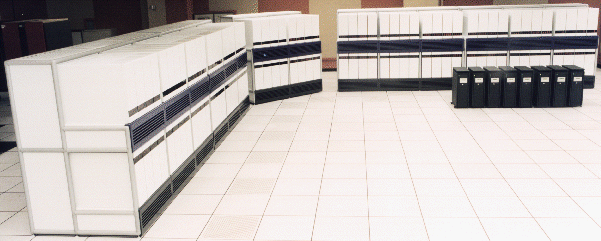I bet, most don’t know what the largest computer is. Is it really Q7 of SAGE (pictured)? No. It is…

SPOILER:
Maybe you can win any bet with this.
The largest computer is: The universe. No joke, but it’s a theory, first by Konrad Zuse in 1945 later also by Nobel prize awarded Gerard t’Hooft. And that is more retro than the Antikythera Mechanism
Today I’ve seen “Through the Wormhole with Morgan Freeman”, episode “What is Nothing?”. Very interesting, mainly about black holes. Not sure what the exact name of this theory was called in the series, maybe the Black hole information paradox or maybe the Holographic principle. Stephen Hawking was wrong first. Black holes change when swallowing a planet, what consists of bits.
For the second largest computers (pictured)
Another question is, what is the smallest computer? But that also depends what you call a computer.
